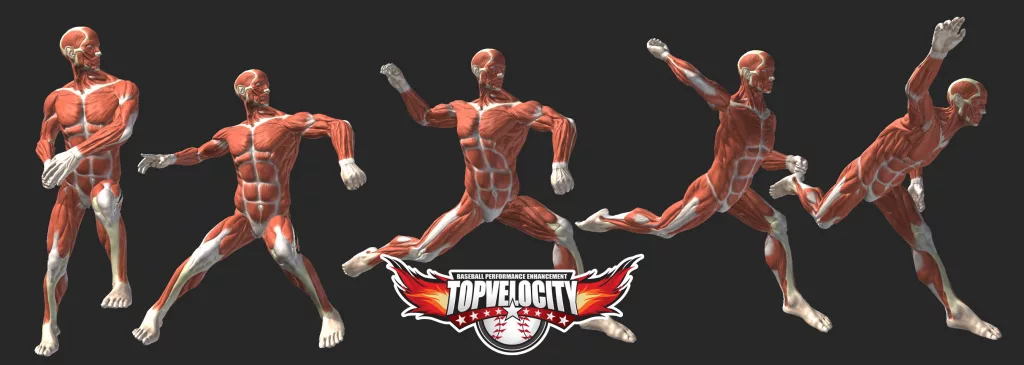
Success on the pitcher's mound depends on correct pitching mechanics. The correct pitching mechanics consist of six essential parts, and understanding these elements helps increase velocity and accuracy. These elements—Lift Leg Momentum, The "Load," Triple Extension and Separation, Chest Thrust and External Rotation, Internal Rotation and Elbow Extension, and Stabilization—will be covered in detail in this article. Better outcomes on the field can be achieved by comprehending each component and attempting to enhance them through drills and practice.
6 Correct Pitching Mechanics
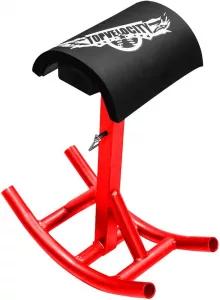 Lift Leg Momentum, the first component, is important since it aids in creating momentum and controlling the timing of rotation throughout the stride phase. The lift leg accomplishes two tasks: it supports gravity and closes off the hips toward the target. Young pitchers frequently neglect to use their drive leg and rely too heavily on their lift leg, which can cause them to open up too early and reduce core torque. Young pitchers with weak leg and core strength frequently struggle with the second part of the pitching motion, "The Load," which places the biggest forces on the legs. In this component, it's vital to line up the Force Vector while leading with the front hip.
Lift Leg Momentum, the first component, is important since it aids in creating momentum and controlling the timing of rotation throughout the stride phase. The lift leg accomplishes two tasks: it supports gravity and closes off the hips toward the target. Young pitchers frequently neglect to use their drive leg and rely too heavily on their lift leg, which can cause them to open up too early and reduce core torque. Young pitchers with weak leg and core strength frequently struggle with the second part of the pitching motion, "The Load," which places the biggest forces on the legs. In this component, it's vital to line up the Force Vector while leading with the front hip.
Triple Extension and Separation, the third component, is the cornerstone of 3X Pitching and is essential to boosting velocity. The terms "triple extension" and "3X extension" are interchangeable. The greater the hip-to-shoulder space, the more powerful the Triple Extension. With appropriate Triple Extension, the next two movements, Chest Thrust and External Rotation will happen more quickly and effectively. Success also depends on the last two components, internal rotation, and elbow extension and stabilization. The pitcher will be in the best possible position to hit their top velocity if the trunk optimizes it power forward, as the arm lays back, and the front leg stabilizes during the movement.
The Importance of Lift Leg Momentum
 The lift leg serves two main functions and is an essential part of a pitcher's mechanics. In addition to helping the hips close off toward the objective, it also gives the stride more velocity by assisting gravity. To build momentum and drive torque during the stride phase, the lift leg should partner with the drive leg. The velocity of a pitcher's throw can be greatly increased by this added power.
The lift leg serves two main functions and is an essential part of a pitcher's mechanics. In addition to helping the hips close off toward the objective, it also gives the stride more velocity by assisting gravity. To build momentum and drive torque during the stride phase, the lift leg should partner with the drive leg. The velocity of a pitcher's throw can be greatly increased by this added power.
However, a lot of rookie pitchers have trouble successfully using their lift leg. As a result, they frequently swing their lift leg to produce the majority of the momentum because they lack the leg power to propel their body with the drive leg. This could be a concern since it might push the pitcher to open up early, which would reduce core torque and damage the accuracy of their pitch. Young pitchers must build their leg strength to push their body with their drive leg and use their lift leg to support their momentum in order to prevent this.
Additionally, the lift leg aids in maintaining balance and good posture throughout delivery. By dispersing the pitch's force uniformly across the body, it also aids in the creation of a smooth, fluid action and lowers the possibility of arm damage. Therefore, in order to create correct pitching mechanics and enhance their effectiveness on the mound, pitchers must concentrate on their lift leg momentum. Pitchers can advance their skills and improve their effectiveness and dominance on the mound by realizing the value of this component.
Mastering the "Load" to Optimize the Stride Power
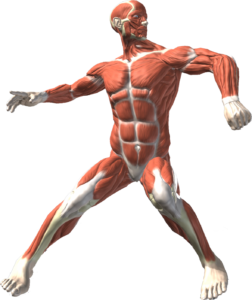 A pitcher's success on the mound is dependent on their pitching technique. The load, or the position a pitcher assumes shortly before beginning their stride, is an important component of correct pitching mechanics. For the pitch to have the most power and velocity, this position is essential. An effective load enables the pitcher to move energy from their lower body to their upper body, producing a pitch with greater force.
A pitcher's success on the mound is dependent on their pitching technique. The load, or the position a pitcher assumes shortly before beginning their stride, is an important component of correct pitching mechanics. For the pitch to have the most power and velocity, this position is essential. An effective load enables the pitcher to move energy from their lower body to their upper body, producing a pitch with greater force.
The key to this component is aligning the Force Vector in a linear position. It is quite difficult to drive your hips and align your Force Vector with your front hip during this component if you have weak leg and core muscles. The angle of the drive leg's ankle to knee is known as the force vector. The issue is that the next component might never happen if you do not lead with your front hip and align your force vector. Most pitchers struggle to achieve the ideal core torque during front foot striking because this component was not used properly.
Pitchers can benefit greatly from using the Stride Excelerator to improve the strength of their stride mechanics and learn the linear Force Vector. The pitcher may experience the ideal acceleration of their stride, which is crucial for generating maximum velocity, by sitting on the stool and doing their stride action. The stool's rocker encourages the pitcher to push their stride with their legs and hips, which can result in a deeper stride and more power. A pitcher's effectiveness on the mound can be enhanced by incorporating the Stride Excelerator into their daily training regimen.
The Fundamentals of Triple Extension, Chest Thrust and External Rotation
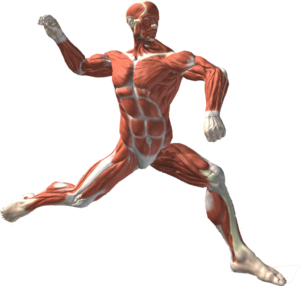 Fundamentals of Triple Extension
Fundamentals of Triple Extension
Triple extension, which refers to the simultaneous extension of the ankle, knee, and hip, is an important part of correct pitching mechanics. Through this motion, the pitcher is able to shift energy from their lower body to their upper body, giving their pitch extra power. Keep your front foot pointed forward and watch out for overextending your back leg for the best triple extension.
Fundamentals of Chest Thrust
Chest thrust is the term used to describe the forward action of the chest while pitching. This motion enables the pitcher to transfer energy from their lower body to their upper body, which helps to make a forceful and effective delivery. Maintaining a steady and balanced posture during the motion is essential to performing a chest thrust since it can reduce the risk of injury and increase speed.
Fundamentals of External Rotation
As the pitcher gets ready to throw the ball, external rotation is the clockwise movement of the shoulder. The pitcher may throw the ball with more force thanks to this motion's contribution to the trunk's increased power. It's crucial to keep your posture level and steady while performing external rotation, as well as to use your shoulder and upper back muscles.
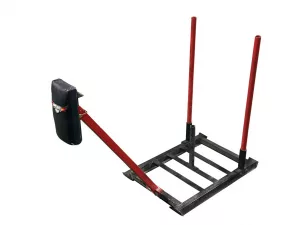 The TopVelocity Sled
The TopVelocity Sled
A great tool for building triple extension power is the TopVelocity Sled. It consists of a weighted sled that the pitcher can push and pull in order to replicate the stride and follow through. By using the sled, pitchers can exercise the muscles in their lower body to produce more force and power, which may lead to an increase in pitch velocity.
What is the TopVelocity Sled used for?
Choose a weight that is appropriate for your level of strength and experience before using the TopVelocity Sled. After that, stand in front of the sled and get ready to propel it forward. Maintaining proper alignment, using your lower body muscles, and pushing through the sled with triple extension power are your major priorities. Repeat the exercise multiple times, if necessary progressively increasing the sled's weight.
Including the TopVelocity Sled in your regular training regimen is highly recommended if you want to benefit the most from it. This may entail utilizing it as a stand-alone exercise or as part of your warm-up routine to concentrate on your triple extension and lower body power. To challenge your body in new ways, it's a good idea to change the length and intensity of your TopVelocity Sled workouts.
Start Developing Correct Pitching Mechanics
It's time to begin the 3X Pitching Velocity Program if you're serious about improving your mechanics and taking your pitching abilities to the next level. The primary techniques for maximizing your velocity and control on the mound are Triple Extension, Chest Thrust, and External Rotation, which are the focus of this program. The course consists of a variety of simple-to-follow training exercises, drills, and instructional films that will assist you in developing these critical abilities.
To start your path towards improved pitching mechanics and enhanced velocity, simply join up for the 3X Pitching Velocity Program today. To learn the Triple Extension, Chest Thrust, and External Rotation principles, you'll get access to all the training materials and tools you need. Additionally, you'll gain access to the TopVelocity Sled, which is the best resource for enhancing Triple Extension power.
Take your throwing to the next level right away; don't delay. Become a member of the 3X Pitching Velocity Program right away to get the rewards of better mechanics. You'll be well on your way to dominating the mound with a combination of qualified teaching, practice sessions, and the best equipment available.
So why are you still waiting? Join today to begin your path to improving as a pitcher!



